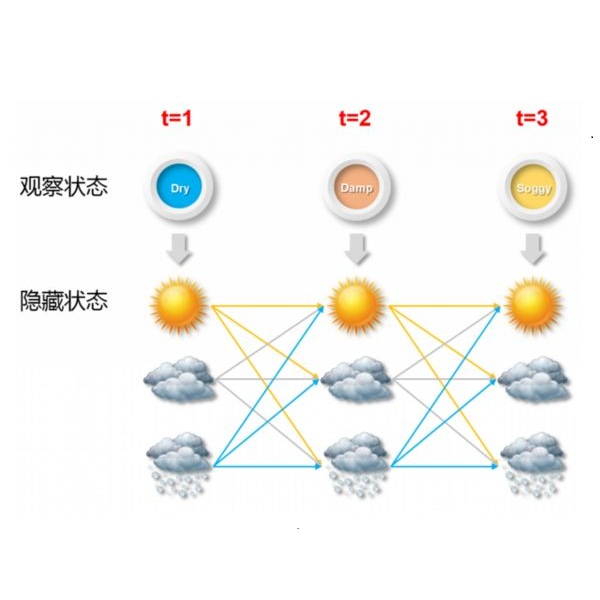We address the problem of modeling constrained hospital resources in the midst of the COVID-19 pandemic in order to inform decision-makers of future demand and assess the societal value of possible interventions. For broad applicability, we focus on the common yet challenging scenario where patient-level data for a region of interest are not available. Instead, given daily admissions counts, we model aggregated counts of observed resource use, such as the number of patients in the general ward, in the intensive care unit, or on a ventilator. In order to explain how individual patient trajectories produce these counts, we propose an aggregate count explicit-duration hidden Markov model, nicknamed the ACED-HMM, with an interpretable, compact parameterization. We develop an Approximate Bayesian Computation approach that draws samples from the posterior distribution over the model's transition and duration parameters given aggregate counts from a specific location, thus adapting the model to a region or individual hospital site of interest. Samples from this posterior can then be used to produce future forecasts of any counts of interest. Using data from the United States and the United Kingdom, we show our mechanistic approach provides competitive probabilistic forecasts for the future even as the dynamics of the pandemic shift. Furthermore, we show how our model provides insight about recovery probabilities or length of stay distributions, and we suggest its potential to answer challenging what-if questions about the societal value of possible interventions.
翻译:在COVID-19大流行期间,我们处理模拟医院有限资源的问题,以便让决策者了解未来的需求,并评估可能采取的干预措施的社会价值。为了广泛适用,我们侧重于一个共同但具有挑战性的假设,即无法提供受关注区域的病人一级数据。相反,根据每天的入院量,我们将观察到的资源使用情况进行汇总,例如普通病房、特护单位或通风室的病人人数,从而对观察到的资源使用情况进行汇总,例如普通病房、特护单位或单独医院地点的病人人数进行调整。为了解释个别病人的轨迹如何得出这些计数,我们建议采用一个称为ACED-HMM的明度隐型(称为ACED-HMM)总计数,以可解释的、紧凑的参数化为名称。我们开发了一种近似于巴伊西亚的计算方法,从模型的过渡和期限参数的分布中抽取样本,从特定地点的总数计数,从而将模型改成一个区域或单个医院地点的患者点。然后,利用这一图样的样本来预测任何感兴趣的数字。我们甚至利用来自美国和英国的社会前景变变的预测,我们展示了我们未来的前景的预测。



